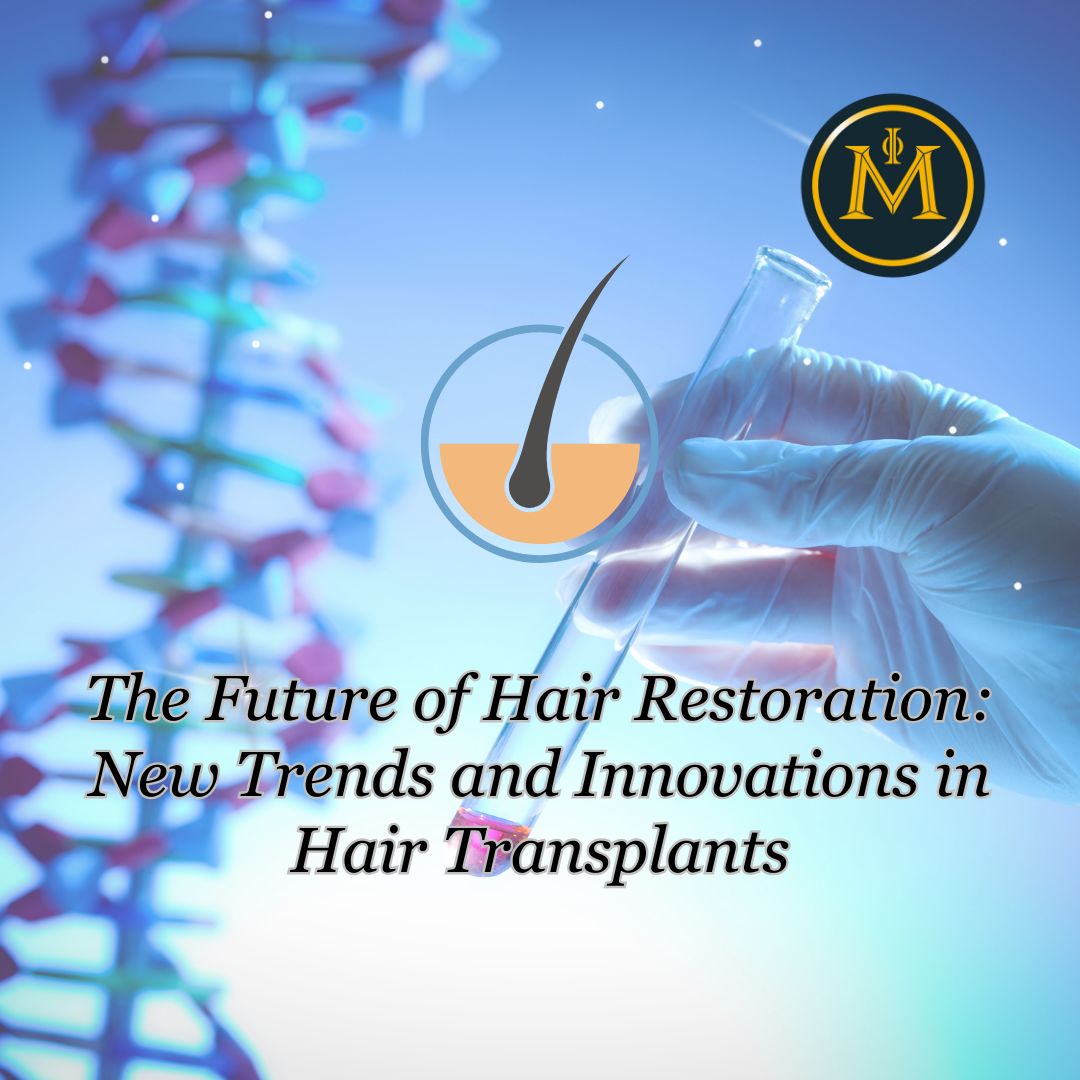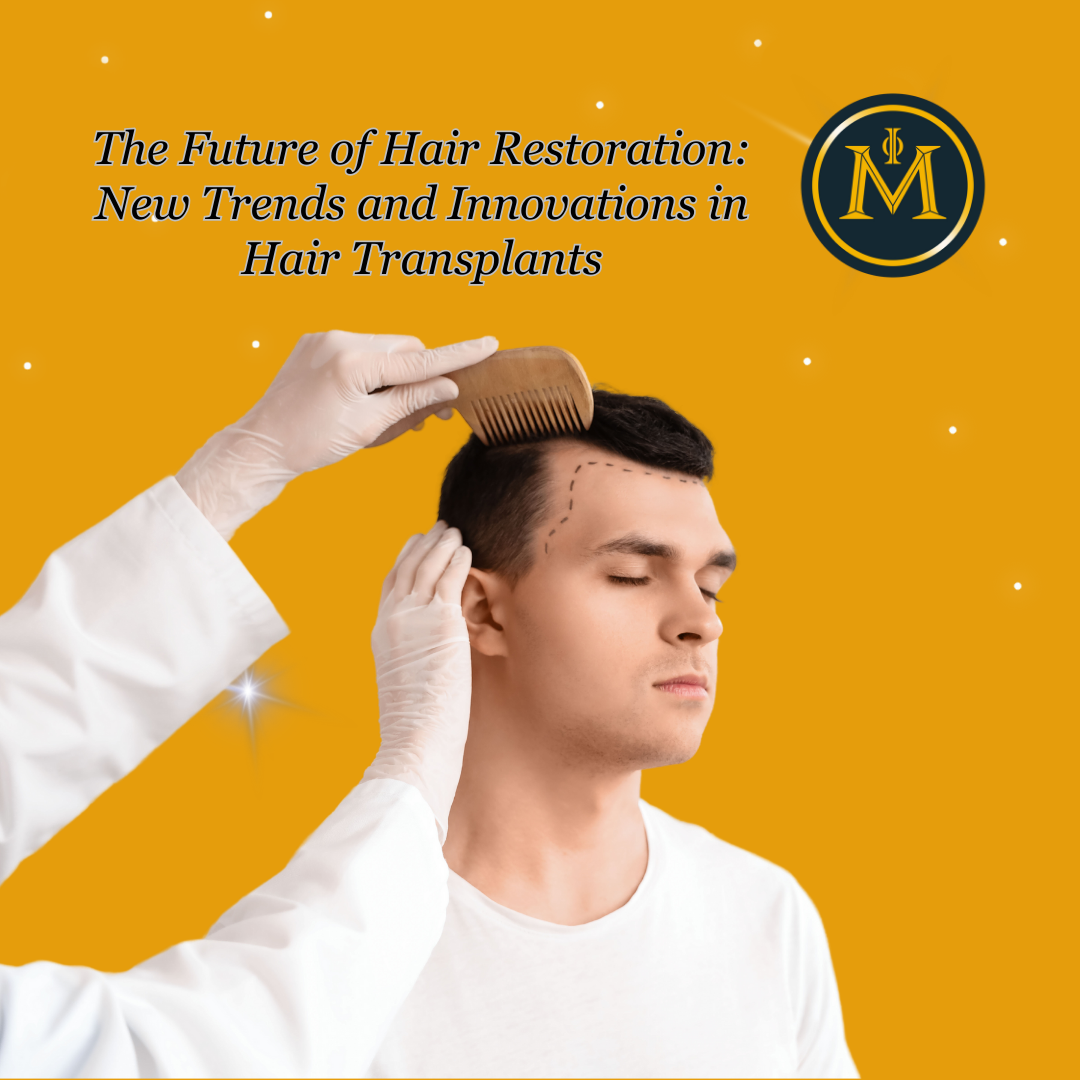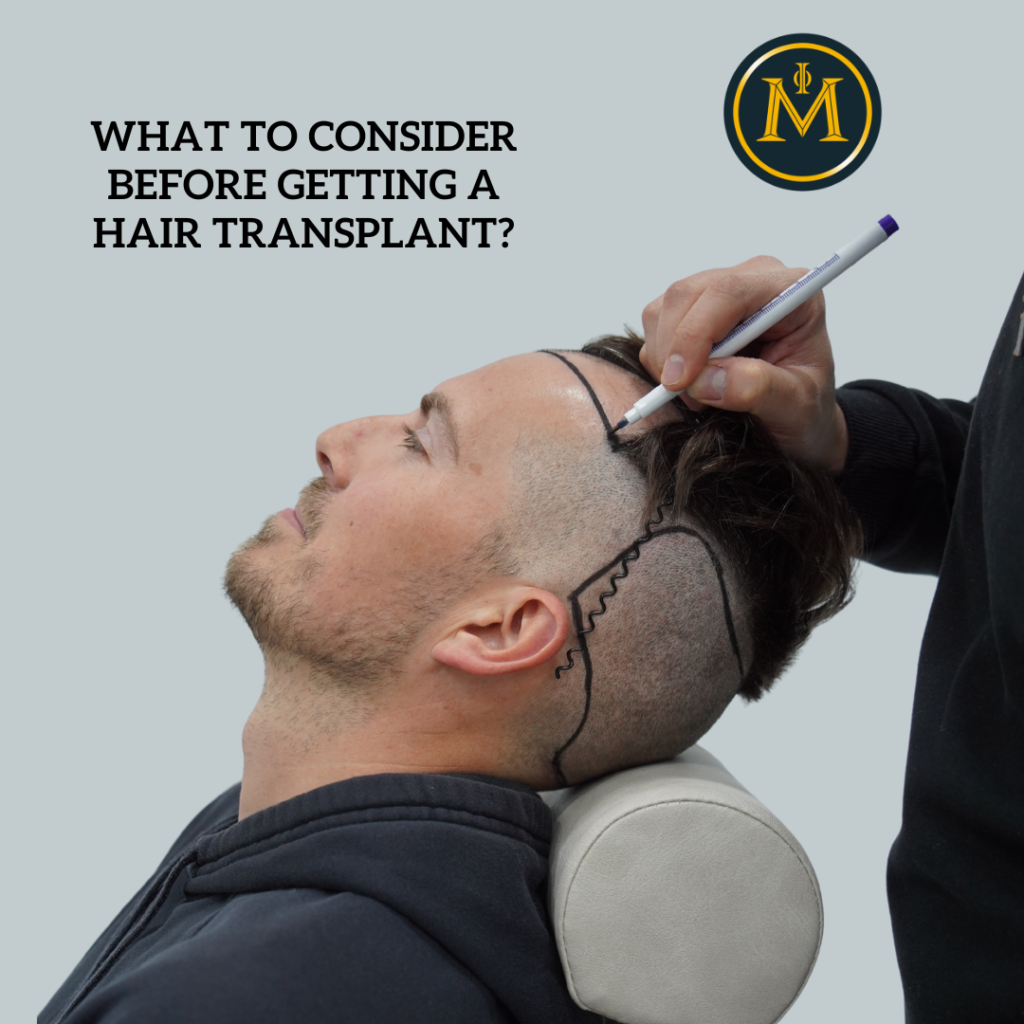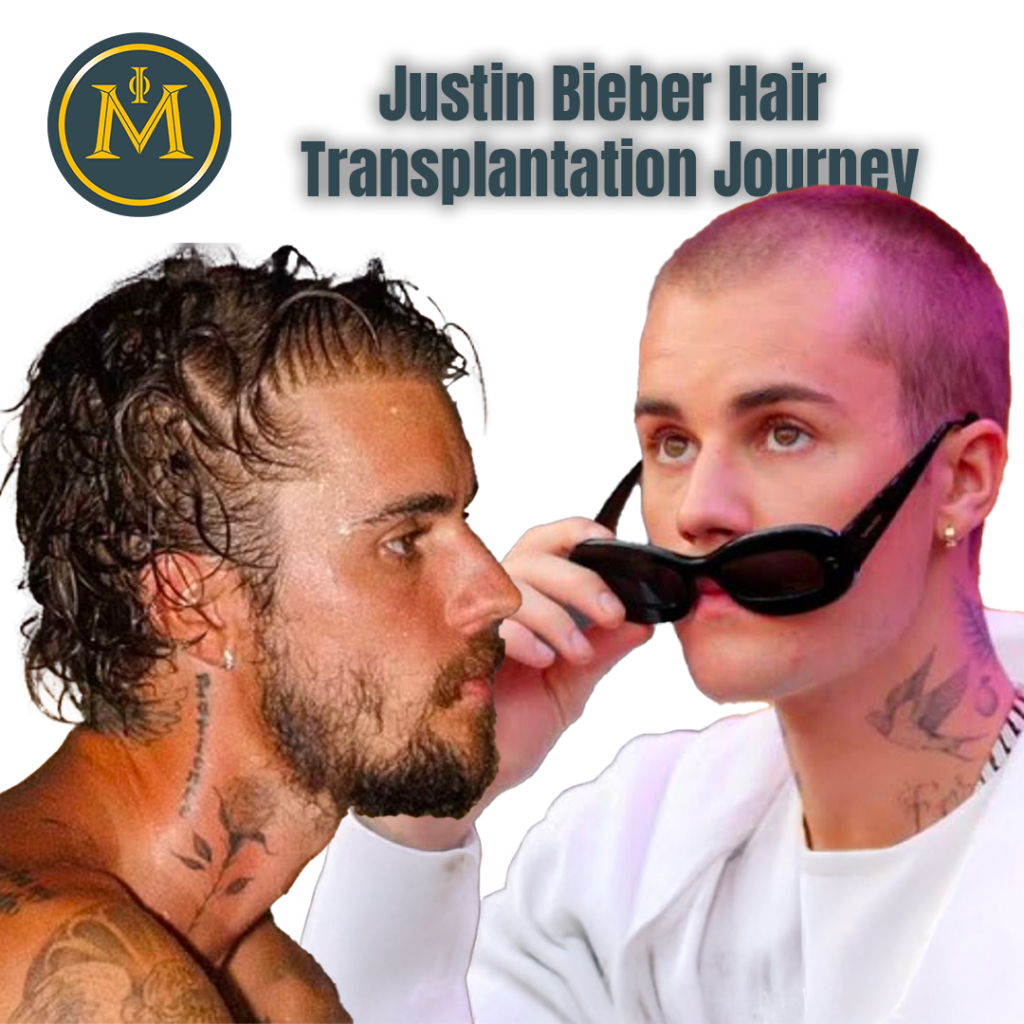Medical of Istanbul
Hair Transplant for Women: Solutions for Female Hair Loss
Hair restoration has come a long way from the days of rudimentary techniques, evolving into a sophisticated science. As technology advances, so do the methods used to address hair loss. Today, the future of hair restoration looks more promising than ever, with new trends and innovations making the process more effective, less invasive, and increasingly natural-looking. This blog explores cutting-edge techniques, emerging technologies, and the exciting possibilities shaping the next chapter of hair transplants.















